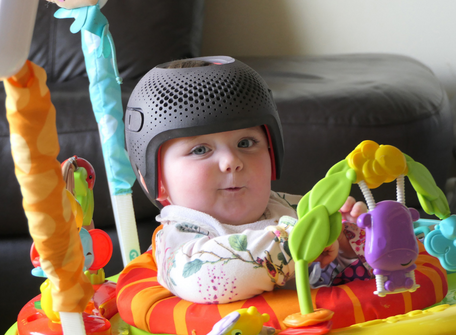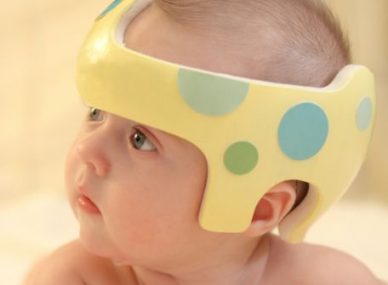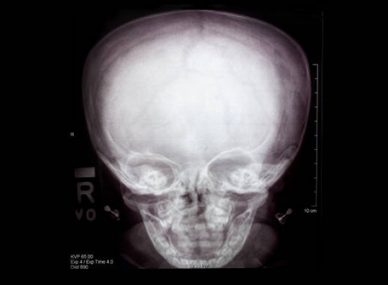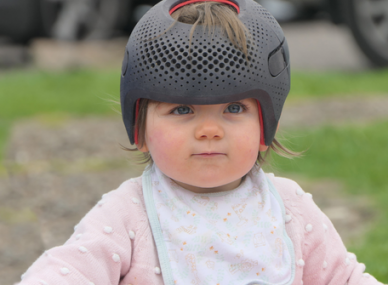It’s no surprise that almost every baby is born with a slightly misshapen head after spending months curled up in a tight space and traveling through a narrow birth canal to enter the world. Their cute little head eventually rounds out as the soft plates in their skull begin to harden and come together over the next few weeks.
Nevertheless, if a baby sleeps in the same position all the time or turns his or her head to one side, this pressure can flatten the soft plates. In most cases, flat head syndrome is not dangerous, but if it does not resolve on its own, your pediatrician or specialist may recommend helmet therapy. Using a cranial helmet is a fast, painless, and effective way to treat the condition.
When it comes to your baby’s head shape, it’s crucial to discuss cranial therapy with your pediatrician. Until then, here are some important facts to remember and ways to prevent flat spots.
A Cranial Helmet May Be Necessary For Your Baby For Three Reasons
Genetics, issues at birth, or external factors can cause flat head syndrome or a misshapen head. Several reasons may lead a doctor to prescribe a baby plagiocephaly helmet, including:
Brachycephaly – In order to prevent SIDS (Sudden Infant Death Syndrome), parents should always place their babies on their backs to sleep. A baby’s back can flatten or indent if they sleep in the same position constantly. As long as they’re awake, give them plenty of tummy time to ease pressure on their skull and build their neck muscles.
Plagiocephaly – Plagiocephaly occurs when the skull flattens on only one side, causing the head to appear asymmetrical. There may also be misalignment of the facial features and ears. By rotating your baby’s head in a different area of the crib each night, you can reduce the risk of plagiocephaly. It is also helpful to give your baby tummy time and to switch arms as you hold them.
Scaphocephaly – It is a congenital condition, unlike the other two. Scaphocephaly occurs when the bones in a baby’s head fuse together prematurely. As a result of this abnormal fusion, the skull appears long and narrow. It is possible for scaphocephaly to impact normal brain growth in very rare cases if it is not treated in infancy.
The Safest Way to Treat Flat Heads in Babies is with Plagiocephaly Helmet Therapy
Your baby’s head may still have a significant flattened area after trying repositioning, tummy time, and sleep cradling. A plagiocephaly helmet may help. Infants are fitted with orthotic helmets to prevent further asymmetrical growth and encourage flattened areas to grow into the rounded spaces in the helmet. Children older than 3 months are generally not recommended to wear a plagiocephaly helmet.
Is there anything you would like to know about flat head syndrome? Send us a message or call us at +971-529997075 if you have a question






